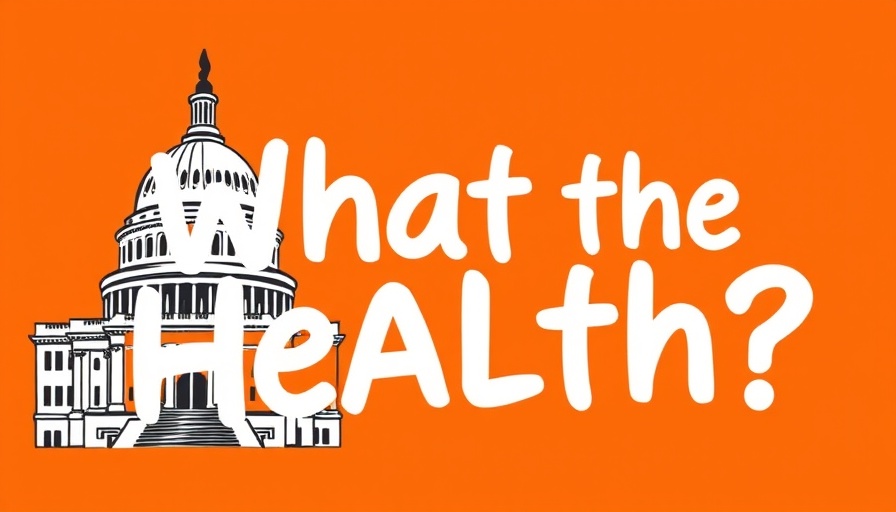
The New Medicaid Reality: Work Requirements and Challenges
Georgia has become the battleground for a significant shift in how Medicaid is administered, especially for low-income adults who rely on this crucial health coverage. As part of the new federal law, these adults will now face work requirements—guidelines that aim to ensure they are engaged in work, education, or community service for a minimum of 80 hours per month. This transition marks a notable departure from the traditional safety net that Medicaid has historically provided.
Understanding the Impact of Work Requirements
As the law rolls out, the most immediate concern is the immense bureaucratic burden that recipients must contend with. Individuals like Tanisha Corporal, a seasoned social worker, have witnessed firsthand the challenges posed by the new regulations. With extensive experience in navigating social service programs, Corporal expected difficulty but found the reality to be far more complicated than anticipated. This predicament raises an alarming question: how many will fall through the cracks of an already strained healthcare system?
State of the System: Georgia's Example
With Georgia being the only state actively implementing such work requirements, nearly 7,500 individuals are currently enrolled in the Georgia Pathways to Coverage program. Over the past two years, the state has poured a staggering $91 million into its eligibility verification system—money that may not yield significant improvements in health outcomes but instead contribute to a maze of red tape for needy families.
Challenges and Consequences Ahead
Advocacy groups have expressed concern that these new requirements will lead to improper denials and lost health coverage for many low-income individuals. The fear is not unfounded; as regulations tighten, many recipients may struggle to prove their eligibility amidst the complex reporting demands. The requirement that they submit monthly verification not only increases the burden on individual families but also necessitates costly administrative systems that many states may find challenging to maintain.
Comparative Insights: Medicaid Programs Nationwide
Georgia's model is a precursor to what other states may face when they implement similar systems. Nationwide, the push for work requirements has drawn criticism from health advocates who fear it may disproportionately impact vulnerable populations—particularly those facing economic barriers to employment. In light of these challenges, it becomes imperative to examine how various states address issues of healthcare access in juxtaposition to Medicaid's evolving eligibility frameworks.
The Human Element: Personal Stories Behind the Statistics
Tanisha Corporal's story is just one example among many. As she navigates her health care needs, including managing a family history of breast cancer, the stakes of this new system become all the more evident. Her determination to secure health coverage highlights the broader implications of regulations that intertwine health and economic well-being.
Future Predictions: What Lies Ahead for Medicaid Users
The future of Medicaid looks uncertain as more states ponder implementing similar work requirements. Experts predict that, without significant administrative support and re-evaluation of existing frameworks, many will lose critical access to health services. As states scramble to build verification systems, it’s crucial for policymakers to prioritize user experience and accessibility to prevent further disenfranchisement.
Conclusion: The Call for Change is Clear
The challenges posed by Medicaid's new work requirements bring to light not just the complexities of healthcare administration but also the real human beings behind the statistics. If you or someone you know is affected by these changes, now is the time to advocate for more equitable reforms within the Medicaid system. Understanding this evolving reality is essential for fostering discussions about accessibility and inclusivity in healthcare.
 Add Row
Add Row  Add
Add 



Write A Comment